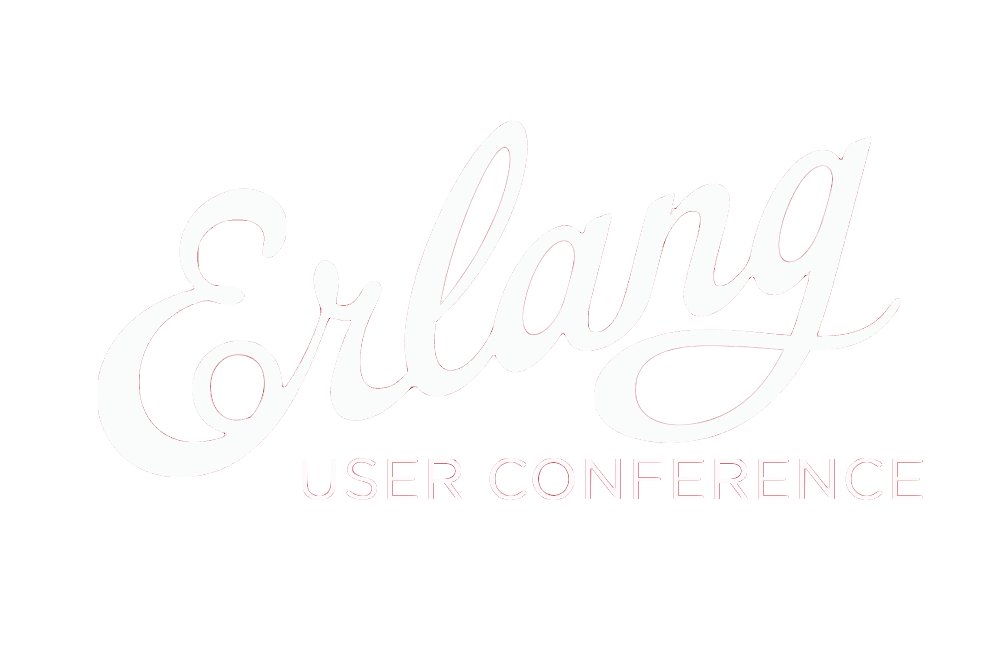
Erlang Engine Tuning: Part IV - Tuning
Erik StenmanBearded Erlang Hacker
Erlang Engine Tuning: Part IV - Tuning
In this talk we will build on what we have seen in the previous three talks where we looked under the hood of the Erlang RunTime System (ERTS). We will look at tools for profiling your applications and on how to use these tools to tune the runtime system for your needs.
Talk objectives
After this talk you should have a basic familiarity with profiling and monitoring tools for Erlang and know how to use these tools to find out "optimal" settings for the most common configuration flags to ERTS.
Target audience
Dev Ops running applications on Erlang, and Erlang developers who want to get a better understanding of how their programs execute and specifically how to tune your Erlang system for your application.
SlidesVideo
About Erik
Erik Happi Stenman has been programming for fun since 1980, and for profit since 1989 when he started his first company. He received his Master of Science in Computer Science in 1996 from Uppsala University. Erik was one of the driving forces behind the the High Performance Erlang project (HiPE) from the start in 1996 until he successfully defended his Ph.D dissertation against opponent Simon Peyton-Jones. During his post-doc as a project manager in Martin Odersky’s Scala group he helped bringing the project to a successful release of Scala 1.0. Before joining Klarna (then Kreditor) he worked at Virtutech with low-level optimizations of Virtutech Simics. As Head of Development, CTO and Chief Scientist at Klarna Erik was responsible for the development and operation of Klarna Online, a system providing creative payment solutions to Internet shops. He also built up the Engineering Department at Klarna from the start, and from 1 to about 80 people. Currently (2016) Erik is writing a book about the Erlang Runtime system for HappiHacking. He is also programming board games and a board game engine for HappiStudios. In his spare time he is managing an investment company (Vexilla) and sitting on the board of a real estate startup (Doorling) and an Italian food import company (Apuliens Smak). GitHub:
happi
Twitter:
@erik_stenman
